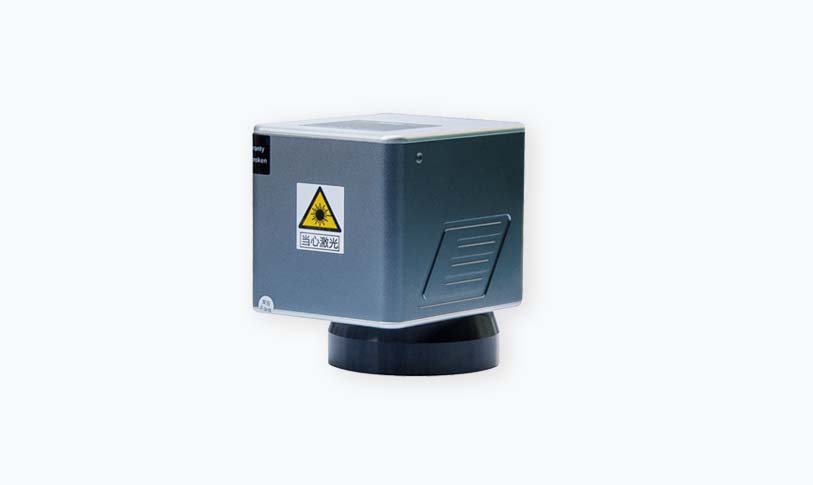[uv marking]The Evolution of UV Marking: Understanding Its Application and Benefits
News 2025-6-16
In today's world of technology and innovation, UV marking has become an essential part of various industries. UV marking, also known as ultraviolet marking, involves the use of UV ink or a UV laser to create permanent marks on different materials. This technology has revolutionized the way we identify, track, and authenticate products, particularly in manufacturing, healthcare, and security sectors.
What is UV Marking?
UV marking refers to the utilization of UV light-based technology to generate precise and durable marks on surfaces. These marks are visible under UV light and can be applied to different materials ranging from plastics to metals. The process involves the use of specialized UV ink or a UV laser that creates a unique pattern or code on the surface of the material.
Applications of UV Marking
UV marking has numerous applications across different industries. In the manufacturing sector, it is used for product identification, tracking, and authentication. Manufacturers can use UV marking to apply unique codes or serial numbers on their products, which helps in identifying the product at any point in the supply chain. Additionally, UV marking can also be used for anti-counterfeiting measures to ensure the authenticity of products.
In the healthcare sector, UV marking is used to trace medical devices and drugs, ensuring their safety and efficacy. The unique marks applied using UV ink or laser can help in identifying the manufacturer, expiration date, and other critical information about the product. This helps in ensuring patient safety and compliance with regulatory requirements.
Moreover, UV marking is also used in the security sector for document authentication and identification. Government documents, passports, and other critical documents can be marked with UV ink or laser-etched codes that can be easily verified under UV light.
Benefits of UV Marking
There are numerous benefits of using UV marking technology. Firstly, it provides a high level of security and protection against counterfeiting. The unique marks applied using UV ink or laser are difficult to replicate, making it a reliable method for product authentication.
Secondly, UV marking enhances traceability and identification. Manufacturers can easily identify their products at any point in the supply chain, ensuring efficient tracking and tracing of products. This helps in improving quality control and reducing losses due to misplacement or theft.

The Evolution of UV Marking: Understanding Its Application and Benefits

The Evolution of UV Marking: Understanding Its Application and Benefits
Lastly, UV marking provides flexibility and customization. Manufacturers can use different colors, patterns, and codes to create unique marks that meet their specific requirements. This allows for greater customization and personalization of products, enhancing brand recognition and customer satisfaction.
Conclusion
